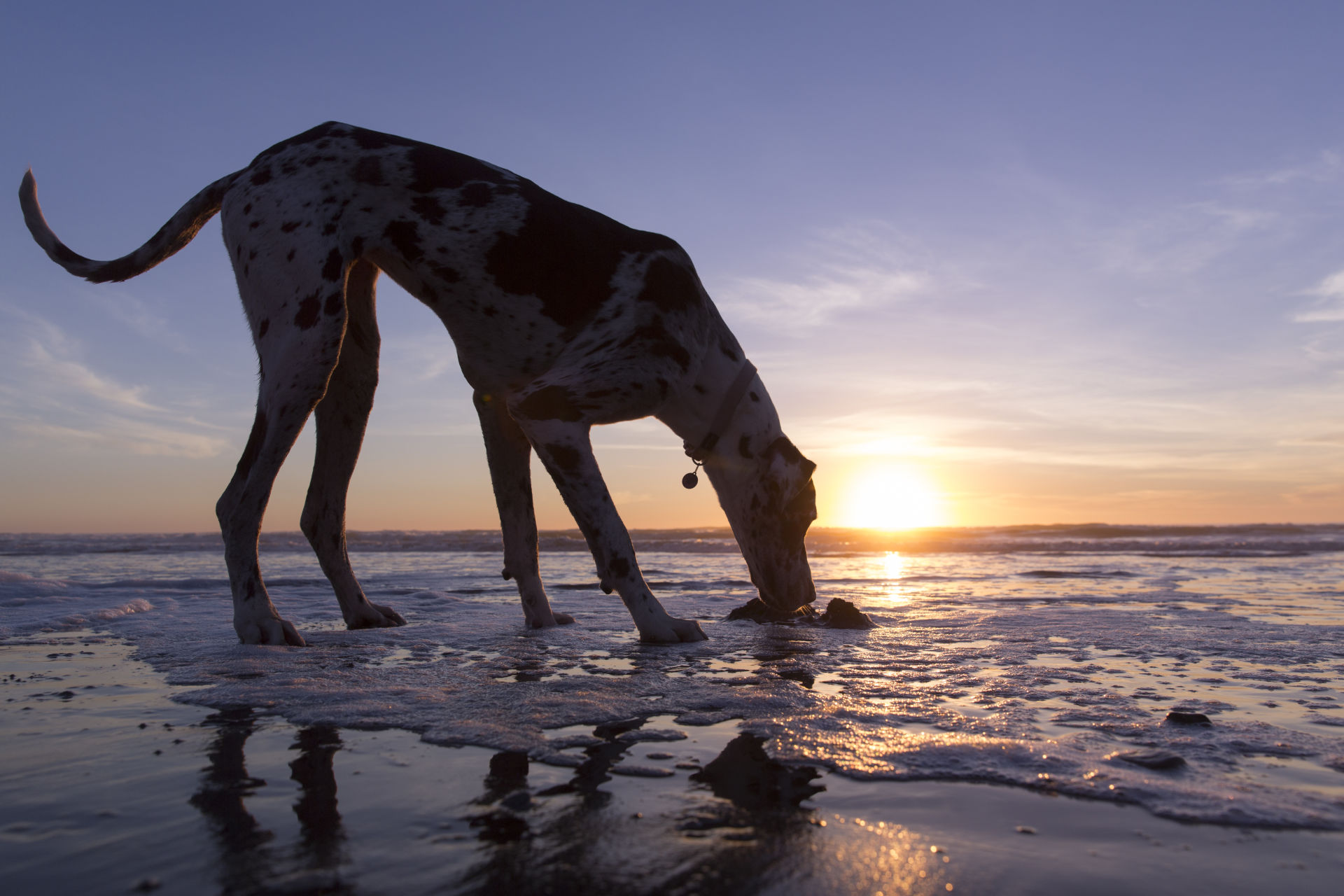Rep. Phillip Burton, pushed by environmentally minded San Franciscans, had worked his political magic by bringing the park into being as the Presidio of San Francisco was about to be decommissioned as an Army base. Congress acknowledged that this was a different kind of park, an urban space. And so it would have to support itself, which it has done by renting out old or restored Army dwellings in an era of scarce housing and exorbitant prices.
In addition to the Presidio, the park includes San Francisco's Ocean Beach and Crissy Field, Alcatraz, the Marin Headlands, Fort Funston and assorted parcels stretching nearly from Point Reyes to Half Moon Bay.
In those days, even some of the hard-core enviros didn’t give much thought to the role of dogs.
Amy Meyer, one of the park’s early supporters, thought that dog owners had a legitimate right to ask that their pets be allowed to run free in parts of the new national recreation area. But, still active, she’s changed her mind. The population of the city and the Bay Area has increased dramatically, she argues, and the number of dogs has increased, too, putting the park's natural features at risk.
The GGNRA averages nearly 18 million visitors a year. Meyer contends they expect to see habitat that fosters birds and wildlife, and they want to hike, take photos and do a variety of things “that are not compatible with free-running dogs.”
She told me that a large dog knocked her grandson to the ground when she took him to the park. And she said that dogs have ripped up the dunes at Fort Funston -- an area where thousands of dogs and their owners visit, precisely because the dogs can go off-leash.
Dog owners, including some staunch environmentalists, take a different view.
Huey Johnson was chief of California's Resources Agency during Jerry Brown's first stint as governor and was, like Meyer, in on the founding of the GGNRA. Now head of Marin's Resource Renewal Institute, Johnson says the National Park Service has it all wrong and isn’t able "to handle the urban park concept."
He thinks the park service is administering the GGNRA like it does the other 407 parks in the national park system, when in fact it is completely different. In general, the National Park Service allows dogs only in developed areas and only if they're on-leash.
Johnson likes to walk his dog off-leash at Muir Beach, which will no longer be allowed if the new rules are made final.
“I wouldn’t have a dog in Yellowstone or Yosemite,” Johnson told me, while walking on Muir Beach. "But here ... that’s why it’s here. And dogs are part of the public’s existence.”
As for the threat to birds, he says “birds are very handy in surviving”.
The National Park Service has been wrestling with what rules to impose since 2002. It has studied the various parts of the 80,000-acre park and has considered thousands of letters and comments offered by the public. It has issued environmental impact statements and revised draft plans.
Now it is close to the end of the process, and even though the proposed areas where dogs can run free have been reduced, the park superintendent says the GGNRA is the only location in the entire National Parks system that allows any off-leash dog walking. That evenhanded approach doesn’t convince the dog owners, who are used to letting their pets roam free at Fort Funston, Crissy Field and Muir Beach.
So this fight isn’t over yet. The rules announced Tuesday are open for public comment until 11:59 p.m. Eastern time on May 25. Only then will park officials tweak the regulations -- and make them final.

